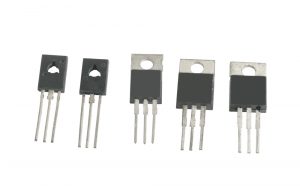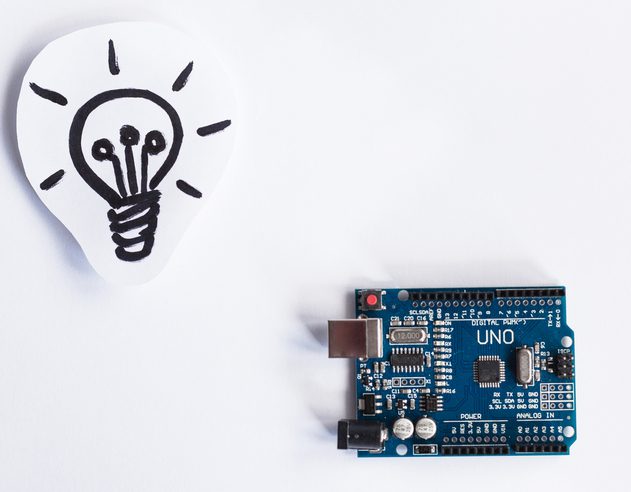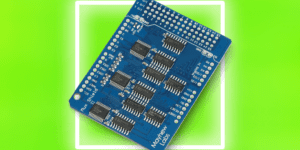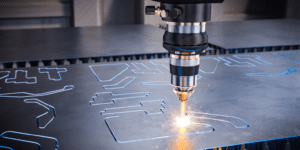Spis treści:
- 1 A brief history of transistors and their impact on the technological development of today’s world
- 2 What role does the transistor play nowadays
- 3 Arduino development boards – the transistor opens up new possibilities
- 4 Arduino boards – the transistor must be selected according to the project requirements
A brief history of transistors and their impact on the technological development of today’s world
The invention of the transistor is credited to a team of American physicists consisting of John Bardeen, Walter H. Brattain, and William B. Shockley, who conducted experiments at AT&T Bell Laboratories, Inc. between 1947 and 1948.
The purpose of their research was to find an alternative to traditional electron tubes. The results were so promising that the scientists decided to patent them, thus giving rise to transistor technology.

Transistors have revolutionised modern electronics, enabling the creation of highly sophisticated designs. Their invention gave rise to rapid technological development – transistors are a key component of control chips, all kinds of processors, graphics cards and other integrated circuits.
Nor should we forget projects based on development boards from the Arduino family. The mass-produced transistor has made it possible to build extremely affordable microcomputers, with which generations of new hobbyists can explore the secrets of electronics at home.
Transistors also make it possible to create extremely dense and powerful memory chips – in particular, Solid State Drives (SSDs), which are now among the fastest types of storage media available.
What role does the transistor play nowadays
They can work in two ways – as a signal amplifier or as an electronic switch. This gives them great flexibility and allows them to be used in many projects based on Arduino family development boards. The transistor itself is also a very small component, which makes it significantly easier to mount on all kinds of PCBs.
Transistors can also protect advanced integrated circuits from burning out due to excessive voltage. This application is often seen in projects based on Arduino microcomputers. A MOSFET transistor is then soldered in series to the power rail of the device.
If the permissible voltage limit is exceeded, the power supply is cut off by the transistor itself, which acts as a kind of fuse. By using a suitable MOSFET, it is possible to provide protection against voltages of several tens of volts.
Arduino development boards – the transistor opens up new possibilities
One of the primary uses for transistors in the context of Arduino-based projects is the ability to operate external devices with high power requirements. Most often these are systems where the Arduino board, together with an external sensor, is to control a powerful DC motor or servomotor.

In this case, you can use a bipolar transistor (BJT), which will act as a signal amplifier. The connection is relatively simple – just connect the middle “leg” of the transistor (Base) to digital pin 13 on the Arduino (in the case of the Arduino Mega 2560), and then the collector pin (Collector) to the motor power wire. The emitter (Emitter) pin must be connected to ground. In addition to this, it is also necessary to connect the power source itself and to ground it.
What if the transistor was omitted? Not only would not using it result in practically zero DC motor performance, but it could also cause the Arduino board to burn out completely. The transistor is therefore, in a sense, the heart of such a circuit.
Arduino boards – the transistor must be selected according to the project requirements
The transistor must comply with the technical specifications of the circuit being built. It is important to consider, among other things:
- VDSS maximum voltage;
- Rdson channel resistance
- Thermal resistance;
- gate charge;
- maximum drain current Id
In addition to the above, attention should also be paid to the type of housing for the transistor – this will facilitate its later installation in the designed device.
How useful was this post?
Click on a star to rate it!
Average rating 0 / 5. Vote count: 0
No votes so far! Be the first to rate this post.






